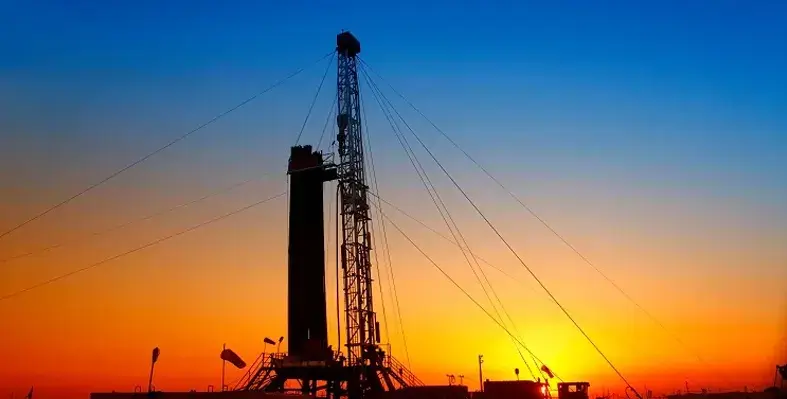Following the launch of the Oil & Gas Decarbonization Charter (OGDC) at COP28, oil and gas companies are accelerating efforts to track, monitor and control their methane emissions
Eni has been awarded “Gold Standard reporting” of the Oil and Gas Methane Partnership 2.0 (OGMP 2.0) for its commitment to reporting emissions at the highest data quality levels. OGMP 2.0 is an initiative of the United Nations Environment Programme’s International Methane Emissions Observatory, aimed at setting the global standard for methane accountability and transparency in the oil and gas sector as a necessary step to effectively track and target mitigation with measurement-based data. Eni has been awarded “Gold Standard reporting” for having effectively reached highest data quality levels.
Eni has set itself the goal to reach near zero methane emissions by 2030, in line with the OGDC objectives, and has more than halved methane emissions between 2018 and 2023. Eni’s Upstream methane intensity of 0.06% in 2023 places the company among the leaders in the sector. A founding member of the UNEP Oil & Gas Methane Partnership (OGMP), the Oil and Gas Climate Initiative (OGCI) and Methane Guiding Principles (MGP), the company is signatory to the OGDC as well as the Global Flaring and Methane Reduction trust fund (GFMR), an initiative launched by the World Bank to support governments and operators in developing countries to eliminate routine flaring and reduce methane emissions from the O&G sector to near zero by 2030. Eni has also signed collaboration agreements with National Oil Companies (NOCs) aimed at sharing its industry-leading experience in methane management to enable methane reduction across the sector.
Meanwhile TotalEnergies, which is also aiming for near-zero methane emissions by 2030, has announced that the company is going a step further in the monitoring and reduction of its methane emissions with the deployment of continuous, real-time detection equipment at all of its operated Upstream sites, enabling real-time identification of methane emissions, both fugitive and stationary, and immediate corrective actions to stop them. This continuous detection plan will be fully implemented by end-2025 and will use existing and proven technologies such as loT2 sensors, InfraRed cameras, flowmeters and Predictive Emissions Monitoring Systems on combustion sources.
The company will meet as soon as this year its target to reduce emissions by 50% compared to 2020, a year ahead of plan as a result of numerous initiatives, including the successful deployment of its AUSEA drone campaigns.
“Slashing methane emissions is a short-term priority to contribute to the fight against climate change. Continuous, real-time detection will enable our operators to act in an even more decisive manner in order to reduce our methane emissions and to repair leaks to achieve our near-zero methane emissions ambition. As a champion of the Oil & Gas Decarbonization Charter (OGDC), I am proud that TotalEnergies is leading the way in deploying such equipment at large scale and we will continue to work with the industry to share best practices in measuring and fighting methane emissions”, said Patrick Pouyanné, chairman and CEO of TotalEnergies.
See also https://oilreviewmiddleeast.com/energy-transition/positive-progress-towards-ogdc-goals





